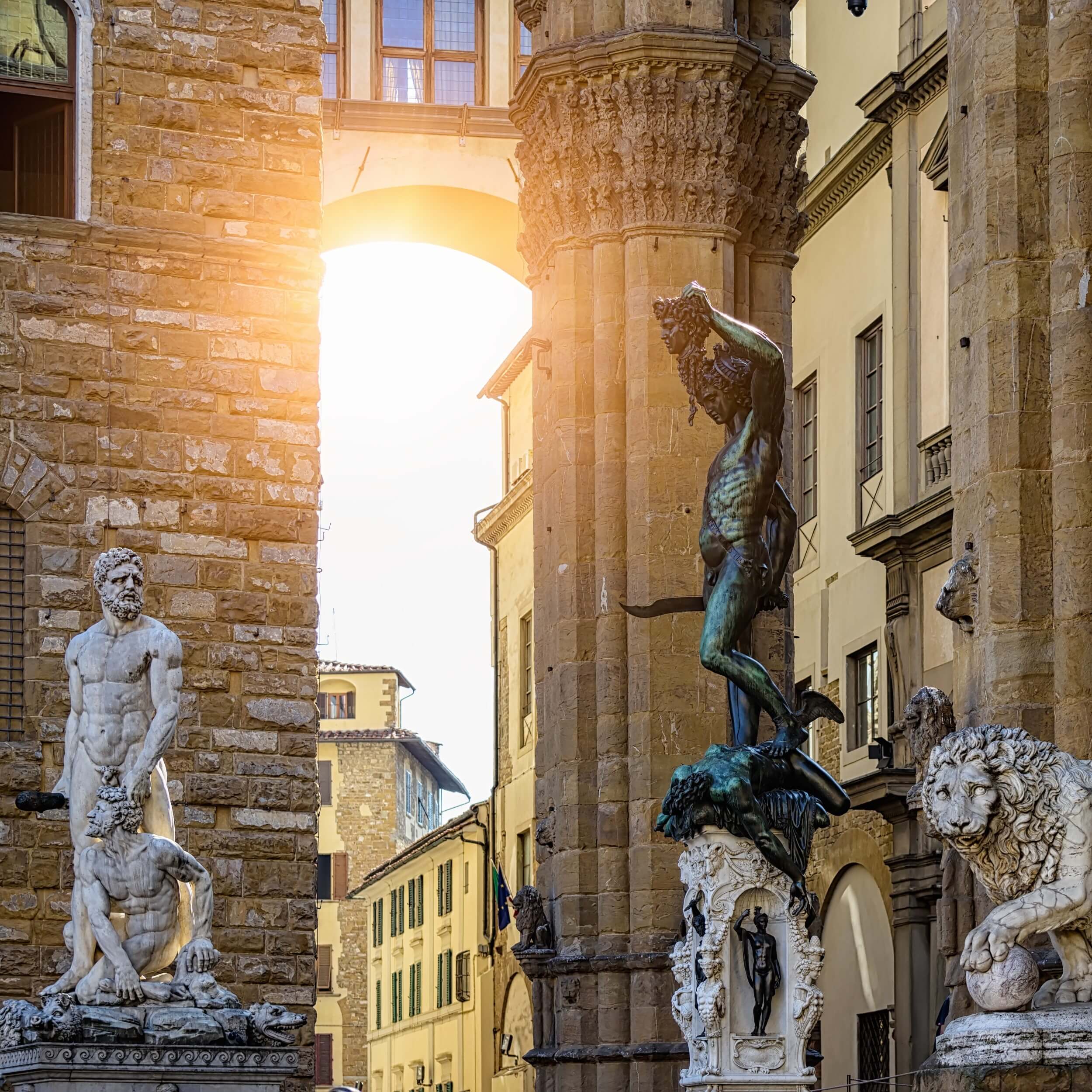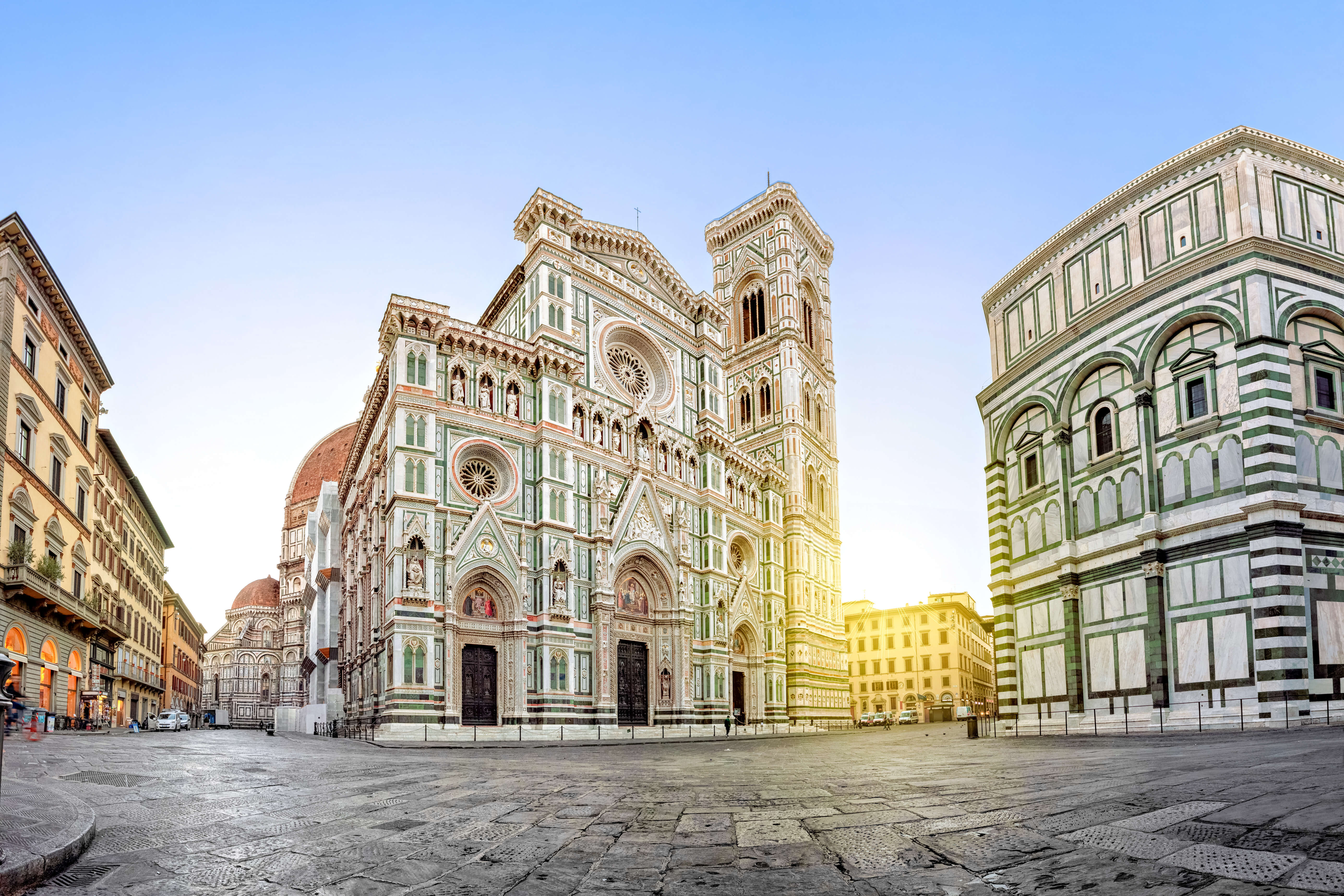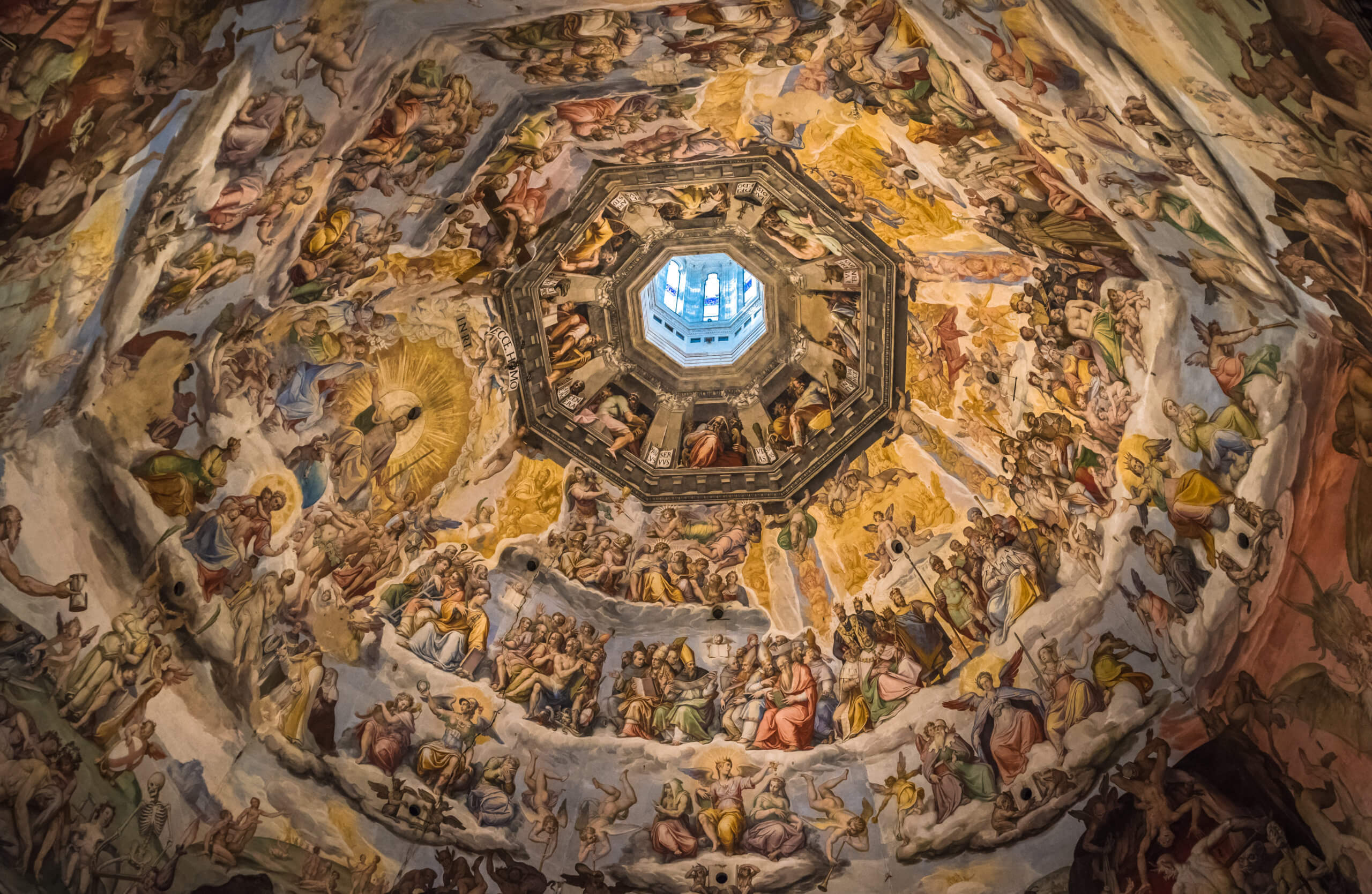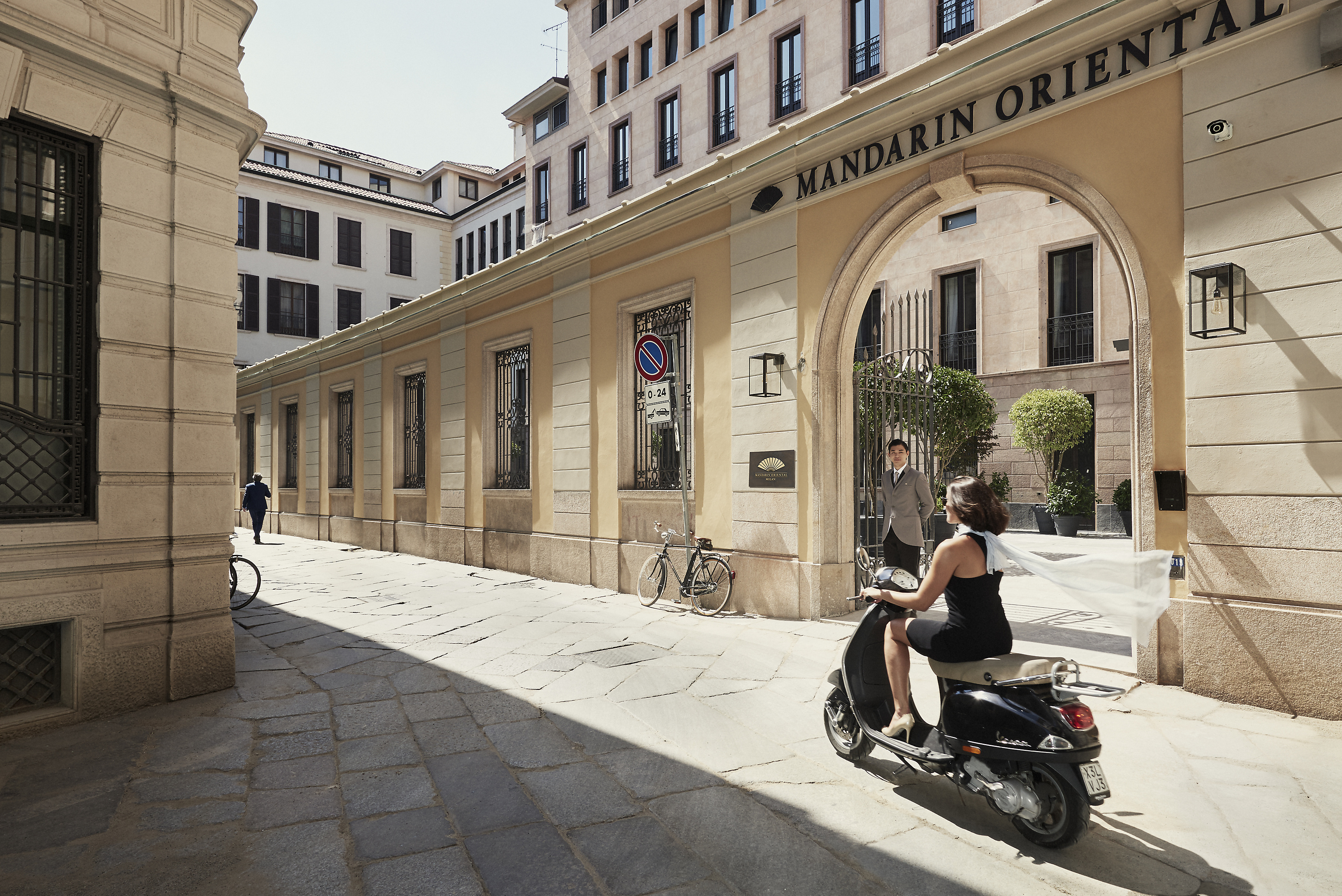Like many European nations popular with international tourists due to their historical significance and cultural influences past and present, Italy is overflowing with things to see and do, in the cities and towns, hills and valleys. Unsurprisingly, the time of year you visit will lend an entirely unique tone to your experience. Settling on a time frame will require the much-considered weighing of pros and cons – but this only helps make your vacation goals more distinct.
Luckily, there’s lots of room on the calendar.
The best time to travel to Italy is during late spring or early fall. May and June, and September and October offer temperatures well in the 70s, along with fewer crowds and prices that are typically lower than they are in the summertime. Along with the comfortable weather, spring and fall bring the food fairs, along with a variety of music festivals, spring flower festivals, horse shows, sailing regatas, religious family festivals and outdoor opera. While the beaches may be too cold, the hiking and biking is perfect, the sunny days easily outnumbering the rainy ones.

It’s best to skip July and August.
The two summer months bring temperatures well into the 90s that may not let up for days at a time. The narrow streets are simply too hot. The second major roadblock to visiting Italy during the summer is that the Italians themselves are on holiday. In August, it is as if all of Italy has closed up shop and gone to France. (And vice versa, in some places.) Despite whole towns where all the stores and stalls are shuttered, July does bring one of Europe’s top jazz festivals – Umbria Jazz in Perugia. And the glamorous Venice International Film Festival in August, second in ranking after Cannes, has been drawing a crowd since 1932.

Proceed with caution during the winter months.
While they’re never really empty, the museums, galleries and tourist attractions – both historical and cultural – are far less crowded from November to April, giving you the perfect moments to indulge in the heritage and history. That said, there may be shorter hours at some attractions, accompanied by longer lunch hours, while others are closed completely. Beach towns are out, due to the crashing waves, so don’t plan to visit places like Amalfi Coast or Cinque Terre. In the winter, the temperatures are cooler, naturally, and can plunge into the 40º F range. Note that the Christmas holidays can create havoc with the roadways and shopping malls.

Remember, there is always an upside to low season.
Temperatures and agendas aside, the winter months are not without their perks, including winter sports. December brings the season opening of La Scala Opera in Milan, which coincides with the feast day of St. Ambrose. February sees the Carnevale in Venice, a rollicking time of theatre performances, masquerade balls and fireworks. And Holy Week in April brings ceremonial goings-on like Passion Plays, parades and processions. Easter Sunday is a big deal here.

Whatever your time of year, a visit to Italy in the summer months or winter season will leave you with the thrill of having rubbed shoulders with some of the most stylish people in the world. And La Dolce Vita is exactly what you need.







